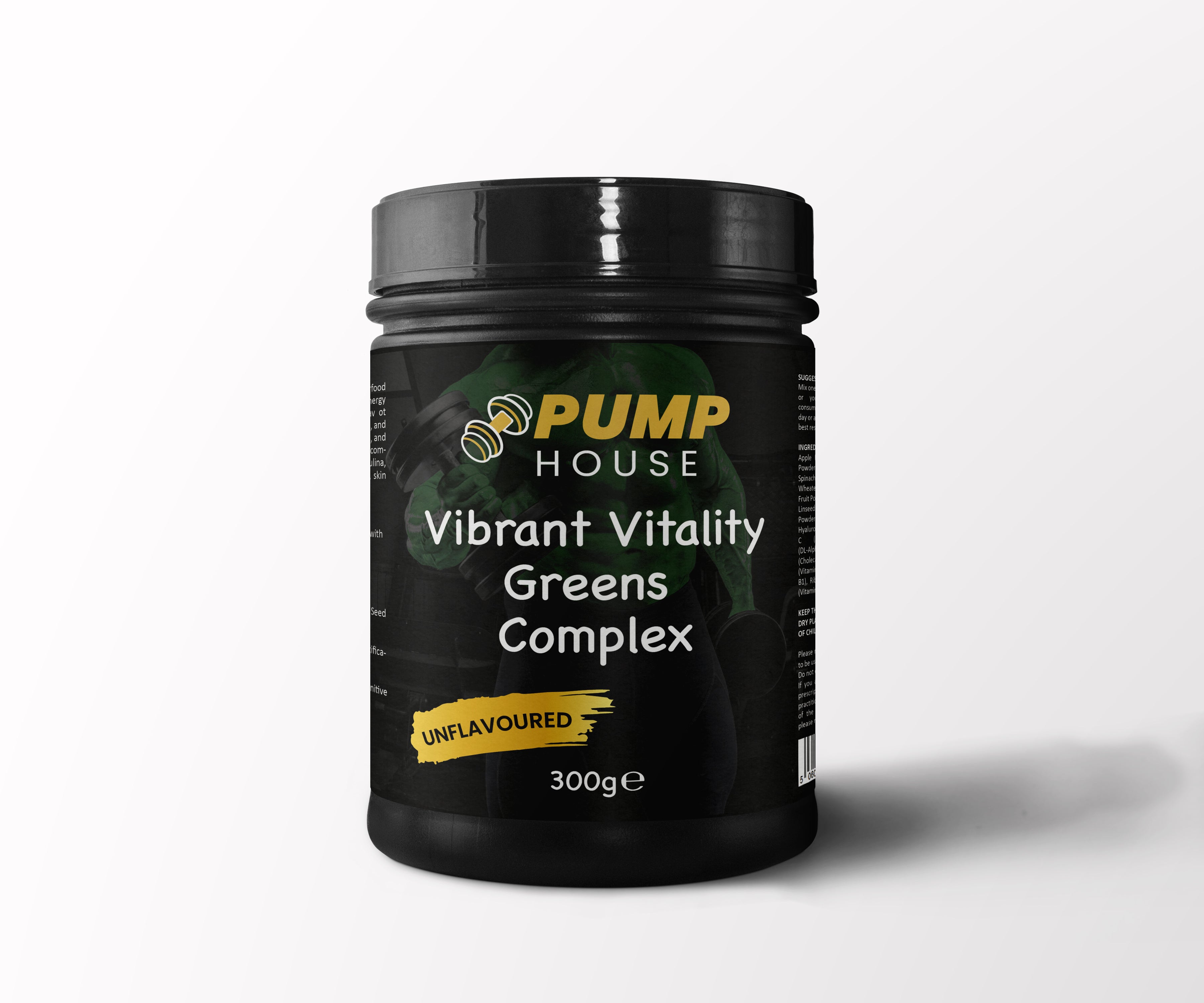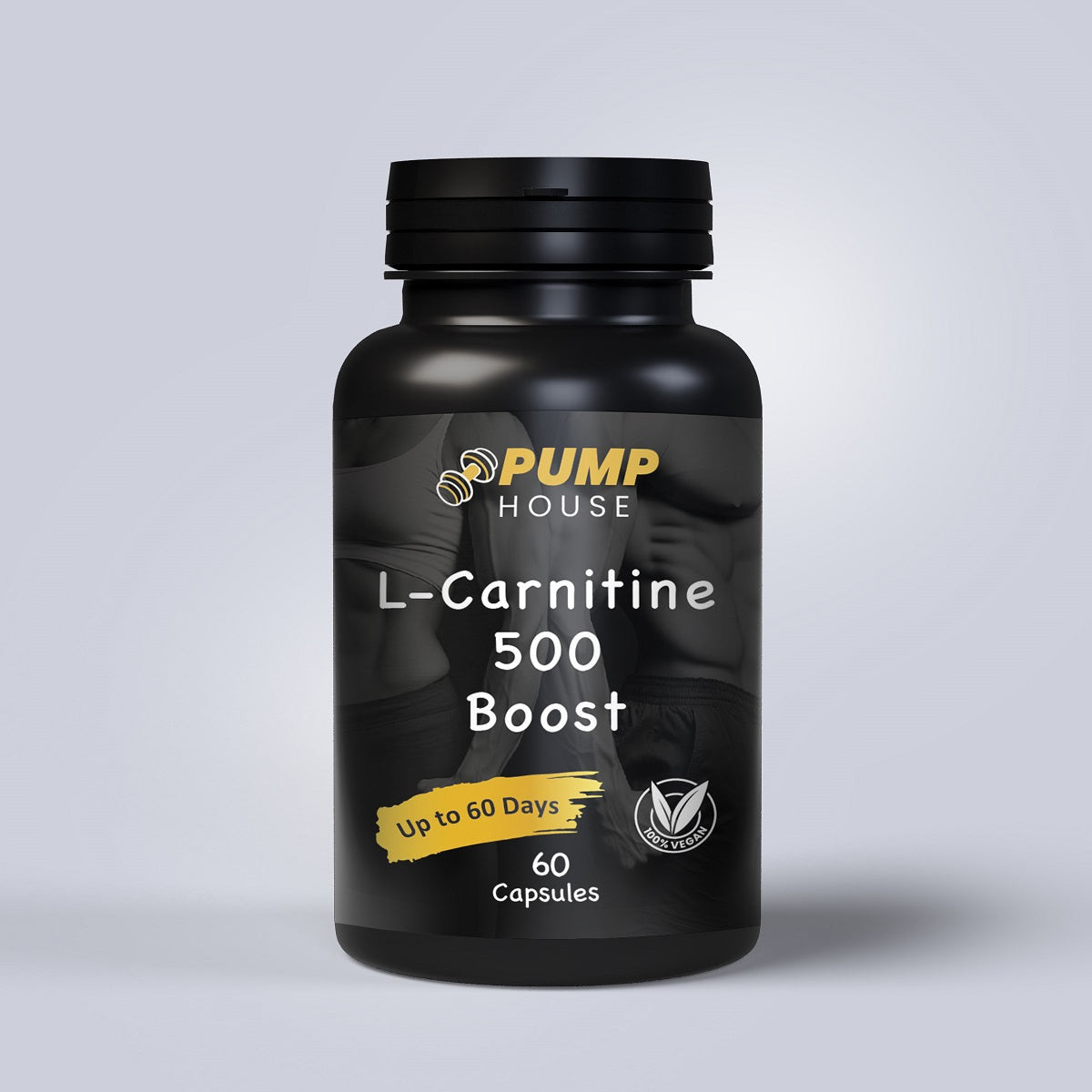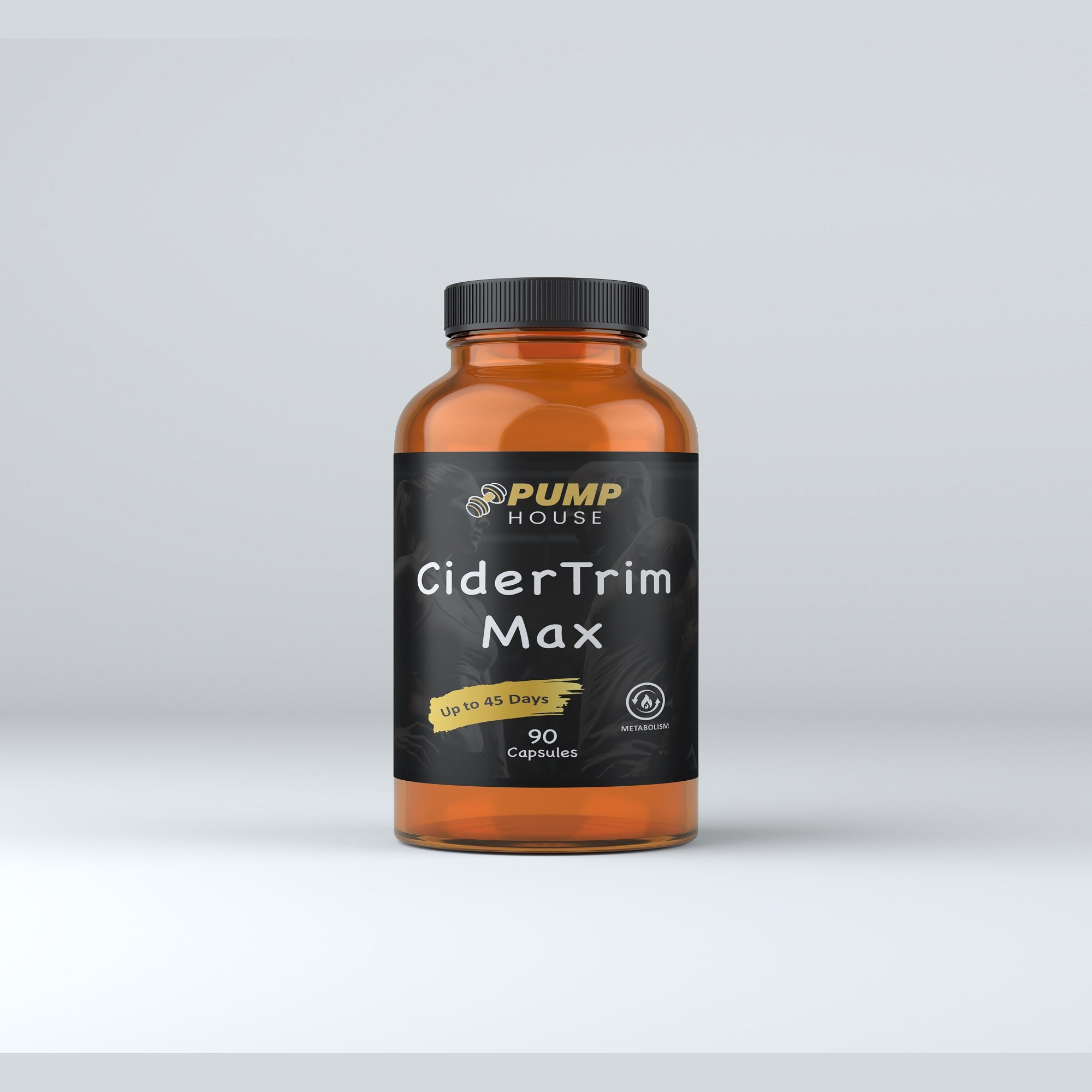
"The Spring Clean Diet: Refresh Your Nutrition for Peak Performance"
"The Spring Clean Diet: Refresh Your Nutrition for Peak Performance"
Spring is a time of renewal and rejuvenation, and what better way to embrace the season than by spring cleaning your diet? Just as we clean out our homes and declutter our spaces, it's important to do the same for our bodies. Spring cleaning your diet involves making conscious choices to improve your eating habits and nourish your body with wholesome, nutritious foods. By doing so, you can experience a range of benefits, including improved energy levels, weight loss, and better overall health.
When we eat a diet that is rich in whole foods and nutrients, we provide our bodies with the fuel they need to function optimally. This can lead to increased energy levels, allowing us to feel more alert and focused throughout the day. By eliminating processed foods and sugary snacks from our diets, we can also stabilize our blood sugar levels, which can help prevent energy crashes and mood swings.
In addition to increased energy levels, spring cleaning your diet can also lead to weight loss. By focusing on whole foods and portion control, you can create a calorie deficit that can help shed those extra pounds. Incorporating more fruits and vegetables into your meals can also help you feel fuller for longer, reducing the likelihood of overeating or snacking on unhealthy foods.
Furthermore, spring cleaning your diet can have a positive impact on your overall health. By consuming a variety of nutrient-dense foods, you provide your body with the vitamins, minerals, and antioxidants it needs to function optimally. This can boost your immune system, reduce inflammation, and lower your risk of chronic diseases such as heart disease and diabetes. By making small changes to your diet this spring, you can set yourself up for a lifetime of good health.
Spring Fitness Regimens: How to Get Moving and Stay Active
In addition to spring cleaning your diet, it's important to incorporate physical activity into your daily routine. Regular exercise is essential for maintaining a healthy lifestyle and can have a range of benefits, including improved cardiovascular health, increased strength and flexibility, and enhanced mood and mental well-being.
One of the best ways to get moving and stay active in the spring is by taking advantage of the great outdoors. As the weather gets warmer and the days get longer, there are plenty of opportunities to engage in outdoor activities such as hiking, biking, or simply going for a walk or run in your local park. Not only does outdoor exercise provide a change of scenery, but it also allows you to soak up some vitamin D from the sun, which is essential for bone health and immune function.
If you prefer a more structured approach to fitness, consider joining a group class or sports team. Many fitness studios and community centers offer a variety of classes such as yoga, Pilates, or dance that cater to all fitness levels. Exercising in a group setting can provide motivation and accountability, as well as an opportunity to meet new people and make friends who share similar interests.
To stay motivated and make exercise a habit, it's important to find activities that you enjoy and that fit into your schedule. Set realistic goals for yourself and track your progress to stay motivated. Consider finding an exercise buddy or hiring a personal trainer for added support and accountability. Remember that consistency is key when it comes to exercise, so aim for at least 150 minutes of moderate-intensity aerobic activity per week, along with strength training exercises at least twice a week.
Easter Healthy Eating: Enjoying the Holidays without Sacrificing Nutrition
Easter is often associated with indulgent meals and sweet treats, but that doesn't mean you have to sacrifice nutrition during the holidays. With a little planning and creativity, you can enjoy delicious Easter meals while still nourishing your body with wholesome foods.
When it comes to Easter meal options, consider incorporating healthier alternatives to traditional dishes. For example, instead of serving a heavy, creamy potato dish, opt for roasted vegetables such as carrots, Brussels sprouts, and sweet potatoes. Roasting vegetables brings out their natural sweetness and enhances their flavor, making them a tasty and nutritious addition to any meal.
When it comes to protein, choose lean options such as roasted turkey or grilled chicken instead of fatty cuts of meat. These lean proteins are lower in saturated fat and calories, making them a healthier choice for your Easter feast. If you're vegetarian or vegan, consider incorporating plant-based proteins such as tofu, tempeh, or legumes into your meals.
Portion control is also key when it comes to enjoying Easter meals without overindulging. Fill your plate with a variety of colorful fruits and vegetables, and aim for a palm-sized portion of protein. Limit your intake of high-calorie sides such as creamy sauces or buttery rolls. Remember that it's okay to enjoy small portions of your favorite treats, but try to balance them out with healthier options.
When it comes to Easter sweets, consider incorporating healthier versions of traditional treats. For example, instead of milk chocolate eggs or bunnies, opt for dark chocolate, which is higher in antioxidants and lower in sugar. You can also make fruit-based desserts such as a mixed berry crumble or a fruit salad with a dollop of Greek yogurt for added protein.
By making small changes to your Easter meals and treats, you can enjoy the holidays without sacrificing nutrition. Remember that moderation is key, and it's important to listen to your body's hunger and fullness cues. Enjoy the company of loved ones and savor the flavors of the season while nourishing your body with wholesome foods.
Seasonal Produce: Incorporating Fresh Fruits and Vegetables into Your Diet
One of the best ways to spring clean your diet is by incorporating fresh fruits and vegetables into your meals and snacks. Eating seasonal produce not only supports local farmers and reduces your carbon footprint, but it also provides a range of health benefits.
Eating seasonal produce ensures that you are consuming fruits and vegetables at their peak freshness and nutritional value. When produce is in season, it is typically harvested at its ripest and transported shorter distances, which means it retains more nutrients compared to out-of-season produce that may have been picked prematurely and traveled long distances.
Spring is a great time to enjoy a variety of fruits and vegetables that are packed with vitamins, minerals, and antioxidants. Some examples of spring produce include strawberries, asparagus, peas, spinach, radishes, and artichokes. These foods are not only delicious but also provide a range of health benefits.
Strawberries, for example, are rich in vitamin C, which is essential for immune function and collagen production. Asparagus is a good source of folate, which is important for cell growth and development. Peas are high in fiber and protein, making them a filling and nutritious addition to any meal. Spinach is packed with iron and other essential nutrients that support healthy blood cells. Radishes are low in calories but high in fiber and antioxidants. Artichokes are rich in antioxidants and fiber, which can support digestive health.
Incorporating seasonal produce into your diet can be as simple as adding them to salads, stir-fries, or smoothies. You can also enjoy them as snacks or side dishes by roasting or steaming them. Get creative in the kitchen and experiment with different recipes to make the most of the fresh flavors of spring.
Hydration: Staying Refreshed and Replenished During Warmer Weather
As the weather gets warmer in the spring and summer months, it's important to stay hydrated to support optimal health and well-being. Water is essential for many bodily functions, including regulating body temperature, lubricating joints, and transporting nutrients and waste products.
To increase your water intake, consider carrying a reusable water bottle with you wherever you go. This will serve as a reminder to drink water throughout the day and make it easily accessible. Aim to drink at least eight glasses of water per day, or more if you are physically active or spending time outdoors in the heat.
If you find plain water boring, try infusing it with fruits or herbs for added flavor. Some popular combinations include lemon and mint, cucumber and basil, or strawberry and lime. You can also drink herbal tea, which not only hydrates but also provides additional health benefits. Herbal teas such as chamomile, peppermint, or ginger can soothe digestion and promote relaxation.
In addition to drinking water, you can also stay hydrated by consuming hydrating foods. Fruits and vegetables with high water content, such as watermelon, cucumber, celery, and oranges, can help replenish fluids in your body. These foods are not only refreshing but also provide a range of vitamins, minerals, and antioxidants that support overall health.
Remember that staying hydrated is important year-round, but it becomes even more crucial in the warmer months when we tend to sweat more. Dehydration can lead to symptoms such as fatigue, dizziness, headaches, and constipation. By making hydration a priority this spring, you can support your body's natural functions and feel your best.
Meal Planning: Tips for Preparing Healthy and Balanced Meals

Meal planning is a valuable tool when it comes to spring cleaning your diet. By taking the time to plan and prepare your meals in advance, you can ensure that you have nutritious options on hand and avoid relying on unhealthy convenience foods.
One of the main benefits of meal planning is that it helps you create balanced meals that provide all the essential nutrients your body needs. A balanced meal typically consists of a source of protein, healthy fats, complex carbohydrates, and a variety of fruits and vegetables. Protein is important for building and repairing tissues, healthy fats provide energy and support brain function, complex carbohydrates provide sustained energy, and fruits and vegetables provide essential vitamins, minerals, and antioxidants.
When planning your meals, aim to include a variety of protein sources such as lean meats, poultry, fish, eggs, legumes, or tofu. Healthy fats can be found in foods such as avocados, nuts, seeds, olive oil, or fatty fish like salmon. Complex carbohydrates can be found in whole grains such as brown rice, quinoa, or whole wheat bread. Fruits and vegetables should make up a large portion of your plate and can be enjoyed in a variety of ways.
To save time and money, consider meal prepping and batch cooking. This involves preparing larger quantities of food in advance and portioning them out for the week. You can cook a big batch of grains such as quinoa or brown rice, roast a tray of vegetables, or grill a batch of chicken breasts. By having these components ready to go, you can easily assemble balanced meals throughout the week without having to spend too much time in the kitchen.
When meal planning, it's also important to listen to your body's hunger and fullness cues. Pay attention to portion sizes and avoid overeating. Remember that it's okay to enjoy treats in moderation and that no food should be off-limits. By creating a healthy and balanced meal plan that includes foods you enjoy, you can set yourself up for success and make sustainable changes to your diet.
Detoxification: Cleansing Your Body for Optimal Performance
Detoxification is a term that is often associated with extreme diets or juice cleanses. However, the concept of detoxification is actually about supporting your body's natural detoxification processes and optimizing its performance.
Our bodies have built-in detoxification systems that work to eliminate toxins and waste products. These systems include the liver, kidneys, lungs, skin, and digestive system. By adopting healthy lifestyle habits and making conscious choices about what we put into our bodies, we can support these systems and enhance their function.
There are several natural ways to support detoxification. One of the simplest and most effective ways is to drink plenty of water. Water helps flush out toxins and waste products through urine and sweat. Aim to drink at least eight glasses of water per day, or more if you are physically active or spending time in hot weather.
Another way to support detoxification is by eating a diet that is rich in fiber. Fiber helps promote regular bowel movements and prevents constipation, which can lead to a buildup of toxins in the body. Include plenty of fruits, vegetables, whole grains, legumes, and nuts and seeds in your diet to ensure an adequate intake of fiber.
Certain foods can also support detoxification due to their antioxidant properties. Antioxidants help neutralize free radicals in the body, which can cause oxidative stress and damage cells. Foods that are rich in antioxidants include berries, leafy greens, cruciferous vegetables such as broccoli and cauliflower, and herbs and spices such as turmeric and ginger.
It's important to note that extreme detox diets or juice cleanses that involve severe calorie restriction or the elimination of entire food groups can be harmful to your health. These diets can lead to nutrient deficiencies, muscle loss, and a slowed metabolism. It's always best to consult a healthcare professional before embarking on any extreme diet or cleanse.
By adopting healthy lifestyle habits such as drinking plenty of water, eating a balanced diet rich in fiber and antioxidants, and engaging in regular physical activity, you can support your body's natural detoxification processes and optimize its performance.
Snack Ideas: Healthy and Delicious Options to Keep You Energized
Snacking can be a healthy and important part of a balanced diet, as long as you choose nutritious options that provide sustained energy and keep you satisfied between meals. By incorporating healthy snacks into your day, you can avoid reaching for unhealthy processed snacks or sugary drinks.
When it comes to healthy snack options, nuts and seeds are a great choice. They are packed with healthy fats, protein, and fiber, which can help keep you full and satisfied. Almonds, walnuts, cashews, chia seeds, and flaxseeds are all excellent options. You can enjoy them on their own or add them to yogurt, smoothies, or salads for added crunch and nutrition.
Fresh fruit is another great snack option that provides natural sweetness and a range of vitamins and minerals. Apples, bananas, oranges, berries, and grapes are all portable and easy to eat on the go. You can also pair them with a source of protein such as Greek yogurt or nut butter for added satiety.
If you prefer savory snacks, consider roasted chickpeas or edamame. These plant-based protein sources are not only delicious but also provide a range of nutrients such as fiber and iron. You can season them with spices such as paprika or cumin for added flavor.
Homemade snacks are also a great option as they allow you to control the ingredients and avoid added sugars and preservatives. Energy balls made with dates, nuts, and seeds are a popular choice. They are easy to make and can be customized with your favorite flavors such as chocolate, coconut, or peanut butter.
In conclusion, it is evident that technology has greatly impacted our lives in numerous ways. From the way we communicate and access information to the way we work and entertain ourselves, technology has become an integral part of our daily routines. While there are certainly drawbacks and concerns associated with the rapid advancement of technology, such as privacy issues and the potential for job displacement, it is undeniable that technology has also brought about countless benefits and opportunities. It has revolutionized industries, improved efficiency and productivity, and connected people from all corners of the globe. As we continue to embrace and adapt to new technologies, it is crucial that we also prioritize ethical considerations and ensure that technology is used for the betterment of society as a whole.







